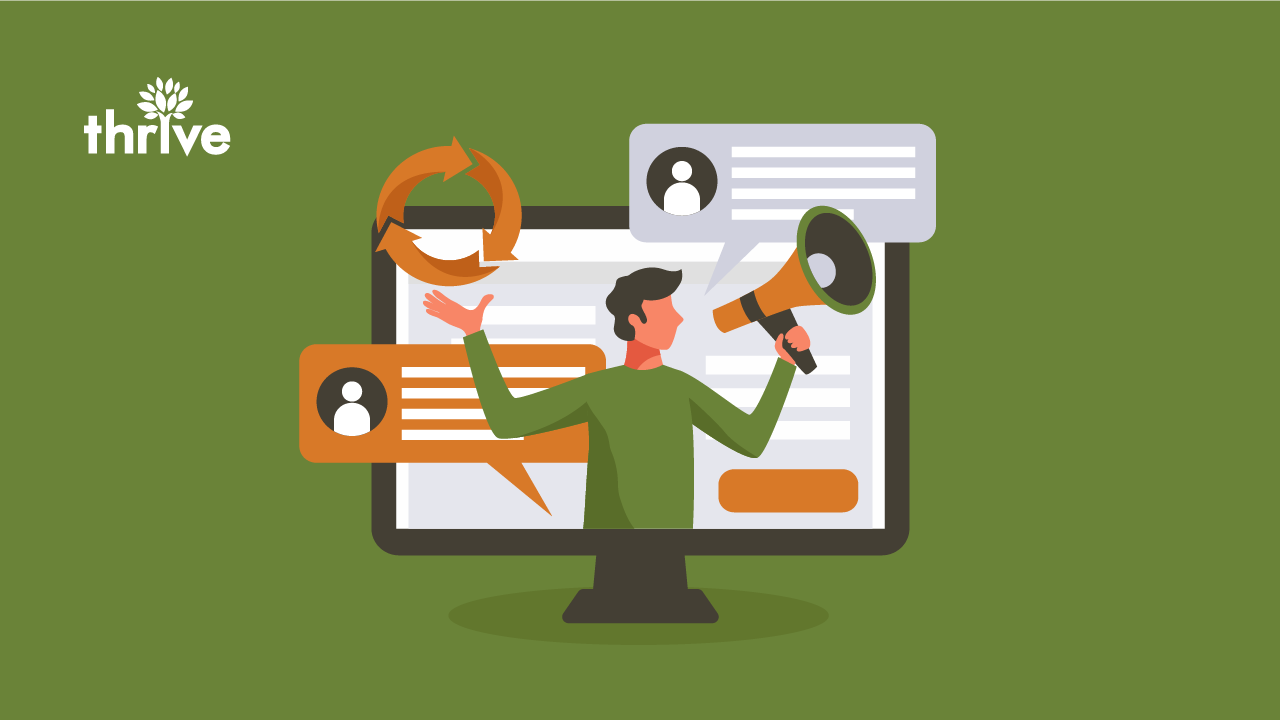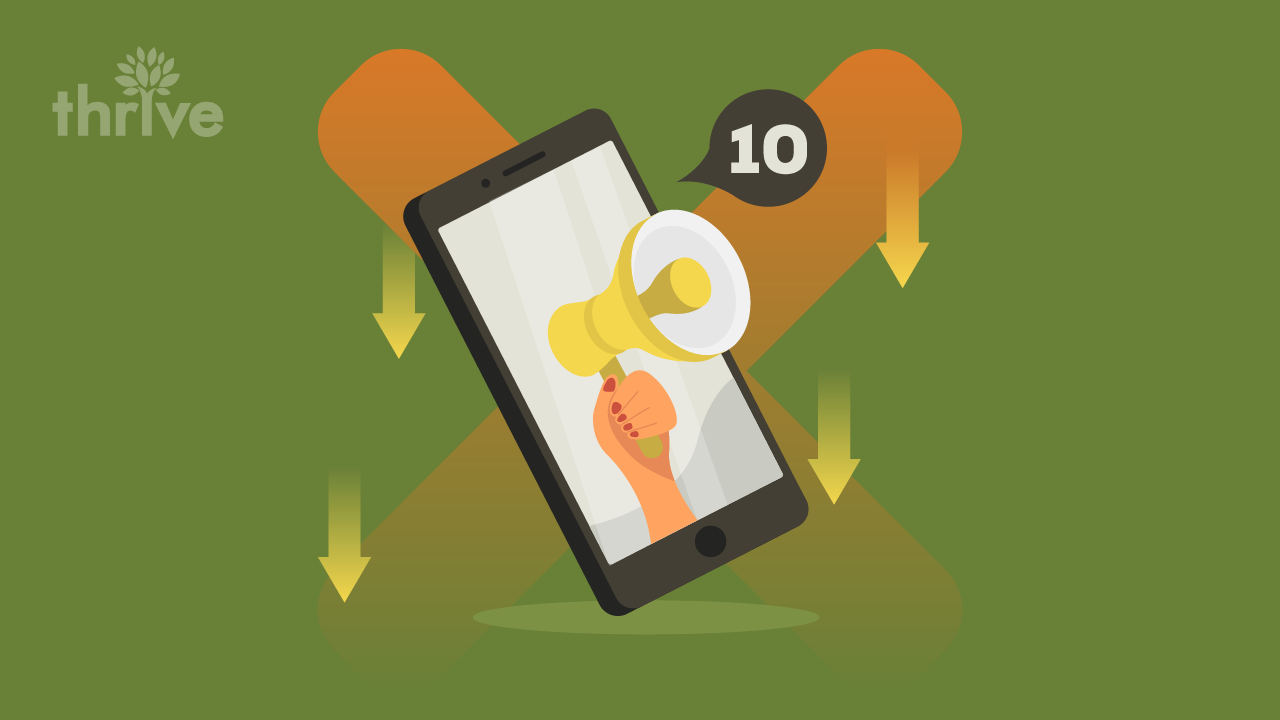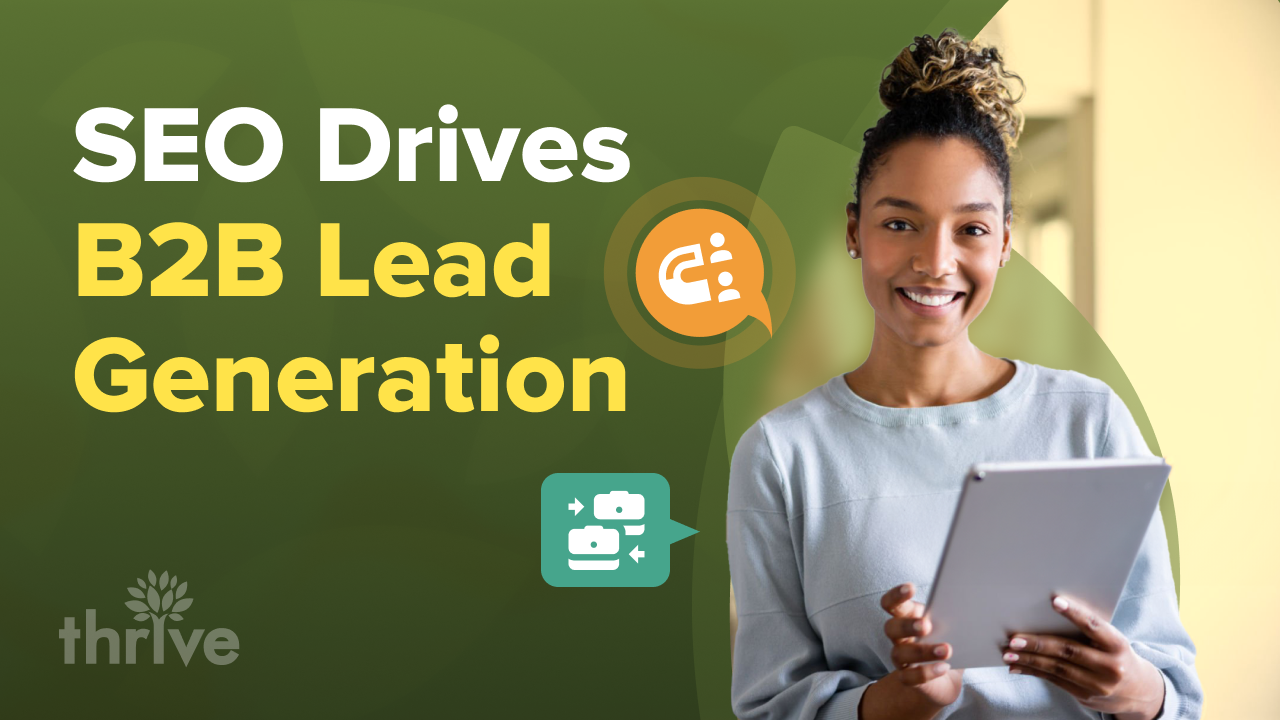Brand awareness used to be the primary goal of marketing. It was about getting people to walk in the door and start a relationship with the brand or company. Now that consumers have become hyper-aware, however, and that information is readily available online, marketing priorities have changed a little. And while brand awareness is still necessary, it is no longer the end goal – not even making a sale.
For companies to enjoy long-term return on investment (ROI) from marketing, they need to turn customers into repeat buyers and ambassadors. This is what lifecycle marketing is all about
What Is Lifecycle Marketing?
Lifecycle marketing is the practice of engaging with customers on every stage of their journey with your business, from first knowing your brand to becoming your loyal brand advocates. It means showing them different types of content that will appeal to customers as they go through the buyer’s journey stages and deeper into your lead generation sales funnel – first as prospects, then as leads and finally as customers.
Through the lenses of lifecycle marketing, a business’s relationship with a customer doesn’t end with a sale. Instead, it has a lead nurturing strategy that continues well after the first successful sale.
To better understand what is lifecycle marketing, we will discuss its stages and what your goals should be for each of them. We’ll also touch on the benefits of customer lifecycle marketing and how they can impact your business. The latter part of this article provides examples of lifecycle marketing campaigns that you can apply to your business.
The Six Stages of Lifecycle Marketing
Highly trusted marketing websites have varying interpretations of the different stages of lifecycle marketing. Over at Hubspot, their internet marketing experts identify these six stages of lifecycle marketing:
1. Awareness
Customers first become aware of your brand and the products or services. Awareness takes place at the very top of the conversion funnel. You want to make an excellent first impression so customers will be more receptive to your messages in the following buyer’s journey stages.
2. Engagement
Customers enter the engagement stage when they are ready to engage with your brand and respond to your marketing messages. This is when they check your website or look for your official social media pages.
The most basic form of engagement is following social media accounts and subscribing to email marketing content and newsletters. Consider these your signal to be more active in building client relationships through social media and email marketing.
3. Evaluation
After earning your customers’ attention, the next step is to nudge them towards venues (e.g., social media accounts, websites, YouTube channels or blogs) or materials that will help shape their opinion about whatever it is you offer. They are looking for information to weigh the pros and cons of their options in hopes of making the best purchase decision. Again, your lead nurturing strategy will be instrumental in this stage and the next.
4. Purchase
The first three stages focus on lead nurturing campaigns and getting customers to the checkout page. From a customer’s perspective, the Purchase stage is all about paying for their orders and ensuring that the payment methods are easy, secure and reliable. A seamless payment process can foster a good relationship between buyers and sellers, while a needlessly complicated and cumbersome process can discourage first-time buyers from ever returning.
5. Deliver and Support
There is a high chance that customers will drop off the marketing cycle after their first buy. But if your goal is to have loyal customers who will keep coming back for your products or services, you need to get them to stay beyond the final phase of the lead generation sales funnel.
This stage, therefore, benefits from customer advocacy or the practice of prioritizing customers’ needs and addressing them by delivering quality products and services. When you advocate for your customers, providing reliable, timely and sufficient customer support becomes second nature. Meeting, if not exceeding, your customers’ expectations is instrumental in building customer trust – a crucial factor in lifecycle marketing campaigns.
6. Loyalty and Advocacy
With the success of the Deliver and Support stage, happy customers can become willing brand advocates. People who are deeply satisfied with your products and support services will talk to their friends and family and even recommend your brand to others in need. But, most importantly, they will become loyal customers who keep returning to buy your products and are willing brand advocates.
A Cycle, Not a One-and-Done Campaign
What’s important to remember about lifecycle marketing is that it’s not linear. While there is a designated entry point (Awareness stage), it doesn’t culminate in an ending. Instead, it is a cycle. So if you keep the marketing lifecycle going, your business can have long-term gains.
Benefits of Customer Lifecycle Marketing
Investing in lead nurturing campaigns is necessary for closing deals and generating sales. But to have long-term success, you need to work on building long-term relationships with your customers. Succeeding with lifecycle marketing campaigns can bring your business the following benefits:
1. Improves your marketing ROI because it aligns your marketing strategy with your customer’s journey.
2. Improves customer service and customer retention.
3. Improves your brand image.
4. Builds long-lasting relationships with customers.
5. Increases your customer lifetime value (CLV), which measures the revenue a customer brings into a company for as long as a relationship exists between the two.
6. Increases cost savings as acquiring new customers is more expensive than keeping repeat customers.
7. Time savings, for the same reason as above.
8. You understand your market better and know their pain points and the necessary solutions. Your customer advocacy develops, resulting in better products and support services. More importantly, you gain insights into an effective lead nurturing strategy.
Examples of Lead Nurturing Campaigns
To achieve the benefits of customer lifecycle marketing, here are some actionable tips and strategies for each of the six stages:
Awareness
• Identify and flesh out your buyer personas to fine-tune your lead nurturing campaigns.
• Do keyword research. Better yet, hire digital marketing experts to discover your target audience’s preferred words, terms and phrases when searching for relevant topics online.
• Invest in paid ads online. Moreover, incorporate your keyword research results into the ads you’ll launch on search engines, social media and third-party websites. Seasoned pay-per-click (PPC) specialists, with the assistance of professional content writers, can put together high-converting ads for you.
• If your target market is accessible offline, invest in offline advertising. Consider putting up an ad on digital screens in your local mall and tarpaulin banners on billboards along the main streets of your town. Visibility can do so much for brick-and-mortar businesses that cater to a local customer base.
• Find influencers in your niche to collaborate with. Influencer marketing can genuinely amplify the reach of your marketing efforts.
Engagement
• Create landing pages that are easy to navigate and have concise, easily digestible content about your products, services, or business.
• Invest in content creation for marketing and informational purposes. For example, create explainer videos showing customers how to use your products or the benefits of your services. Video is a convenient format to publish on websites and share on social media. Moreover, over 80 percent of marketers report that videos increase dwell time and help generate leads and increase sales.
• Publish blogs and guides that answer specific, everyday questions from your customers.
• Be present where your target market is. If it’s on social media, then be active on Twitter, Facebook, or Instagram. If many are on LinkedIn, keep your business’s LinkedIn page updated.
• Consult digital marketing experts about what content types your target market engages with the most. You may have noticed that some digital marketing experts specialize in a specific niche or industry, and that’s because they’ll have spent years studying the market. Their insight can help usher customers faster down your lead generation sales funnel.
Evaluation
• Offer a free trial or satisfaction guarantee, if possible. These offers can help raise confidence in your products and services, especially among first-time customers.
• Show complete and accurate pricing information on your website and other online points of sale.
• Add customer testimonials to your product pages.
• Encourage customers to give detailed reviews by asking questions like what feature they liked the most. Detailed reviews seem more legitimate and help foster customer trust.
• Work with conversion rate optimization rate experts to determine how to achieve the highest conversion and purchase rates possible on your social media and eCommerce sites. They help you understand how audiences engage with your on-page content and find ways to increase the number of users who follow your calls to action (CTAs). With CRO experts, you can improve your conversion rates and increase sales.
Purchase
• Have more than one payment option available. In this digital age, consumers use a variety of online banking and payment services. Since this stage aims to make payment as smooth as possible, use online payment options that your target audience use the most, like credit card processing gateways, Paypal and Cash App.
• Consider adding shoppable content to your website and social media posts. Shoppable content benefits from impulse buying and shortens the buyer’s journey stages.
Deliver and Support
• Offer free or lifetime customer support services if possible.
• Set up communication channels like live chat, private messaging on social media and customer support hotlines.
• Address commonly-asked questions on an FAQ page.
• Create a forum where you can provide detailed answers to questions or troubleshooting concerns that aren’t in the FAQs. A forum is a convenient way to answer less popular concerns without bloating your FAQ page.
Loyalty and Advocacy
• Develop a loyalty program or incentives to repeat customers.
• Offer first-dibs privileges to existing customers.
• Offer incentives when customers write reviews for the first time. This encourages them to be brand advocates and write their reviews sooner rather than later.
• Suggest complementary products when customers add an item to your cart.
• Send exclusive discounts and offers to email newsletter subscribers.
Do You Need Conversion Rate Optimization Rate Experts?
Creating marketing campaigns with customer advocacy in mind will naturally result in strategies promoting customer trust and loyalty. However, putting yourself in your customers’ shoes may prove challenging when you are hyper-focused on generating leads and sales. To this end, conversion rate and optimization rate experts can help you keep sight of your customers’ goals and be more effective at building client relationships.
Conversion rate optimization rate experts or CRO experts determine strategies to increase your call-to-action conversion rate. These strategies run the gamut from changing the CTA’s font, color and button style to deciding questions in submission forms. In addition, their expertise is crucial for lead nurturing: they help you figure out how to usher audiences through your marketing lifecycle in a way that feels natural and voluntary. CRO, therefore, is necessary for building client relationships that last beyond one sale cycle.
Marketing is part and parcel of running a business. Since you have to spend it, better make the most of every dollar you put into it.
Lifecycle marketing is the best approach if you want cost-effective marketing with long-term benefits. For one thing, bringing in new customers costs more than nurturing existing customers into repeat buyers; for another, fostering customer trust turns buyers into brand advocates.
To get into the details of executing a complete marketing lifecycle, talk to our marketing experts at Thrive.








